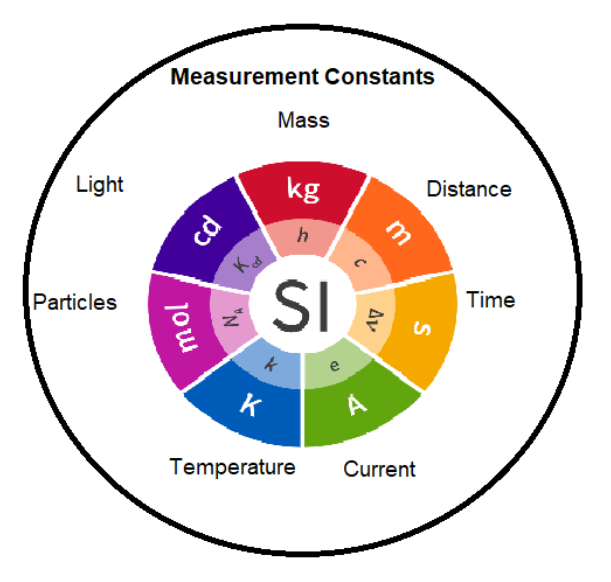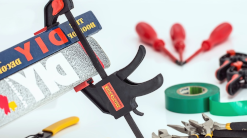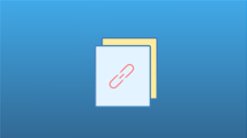Teacher Tips!
Many activities have a teacher view and a student view, and teachers can switch between those views by clicking the blue button in the upper-right. Students will not see this option - only teacher accounts see both views. The teacher view will start with overview text, if available, to frame the activity and get you started. This view will also have teacher tips and suggested answers to student questions spread throughout the activity. The teacher text interleaved with student-facing text will be in italics and should appear as a different color on your screen. Teacher tips are designed to help you deliver a learning experience that is best suited for your classroom.
Printing Reminder
Whichever view you see on your screen is what will print. You can print this activity without teacher tips by selecting the student view, or print with teacher tips by switching to teacher view. Simply use the standard print function available for your web browser. No extra steps are required.
Summary
It’s often true that our imagination outpaces our ability to explore our questions. In science and engineering, there are many questions that are limited by our ability to measure and obtain data. Often, answers must wait until technology and metrology catch up. We want to know what lives in Earth’s deepest caves and the galaxy’s most distant planets that our probes cannot reach. We want to compare extremely small phenomena in hard-to-reach areas.
We don’t have to go that far away to find things that are difficult to measure because they can’t be reached or might be damaged when we try. Here’s a simple example: You want to measure the soap bubbles in your bath but cannot touch them! Or recall your challenge at the beginning of this Mission, designing an inexpensive, disposable tool to create specs for the perfect glove. Measurement challenges are all around us. For more examples, check out:
Web Link - Talk NISTy to Me: When Everyday Words Take On Different Meanings in Measurement Science
.
Scenario
Think of an area of interest — a hobby, a community issue or something you study. Then think of a measurement challenge in that area that doesn’t have a convenient or easily accessible measurement tool. What question would those measurements answer? How precise would your measurement have to be to provide good data to answer your question?
Challenge
Develop the specifications for a new measurement instrument and technique which would have the potential to help answer a unique question. Create the rationale for why this instrument is needed, and what it can do. Include in that rationale the standard (constant) and SI units that will be used to measure and communicate the results. Your solution must:
- Describe a unique measurement challenge and the question it might answer.
- Include information about the standard used for the measurement units and the SI units that will be used.
- Specify the precision that would be necessary to provide reliable data to answer the challenge.
- Include arguments to a potential investor that your tool would serve a unique and valuable purpose.
If you need inspiration to consider the possibilities, NIST can help.
Web Link - NIST SI Redefinition - Meet the Constants






